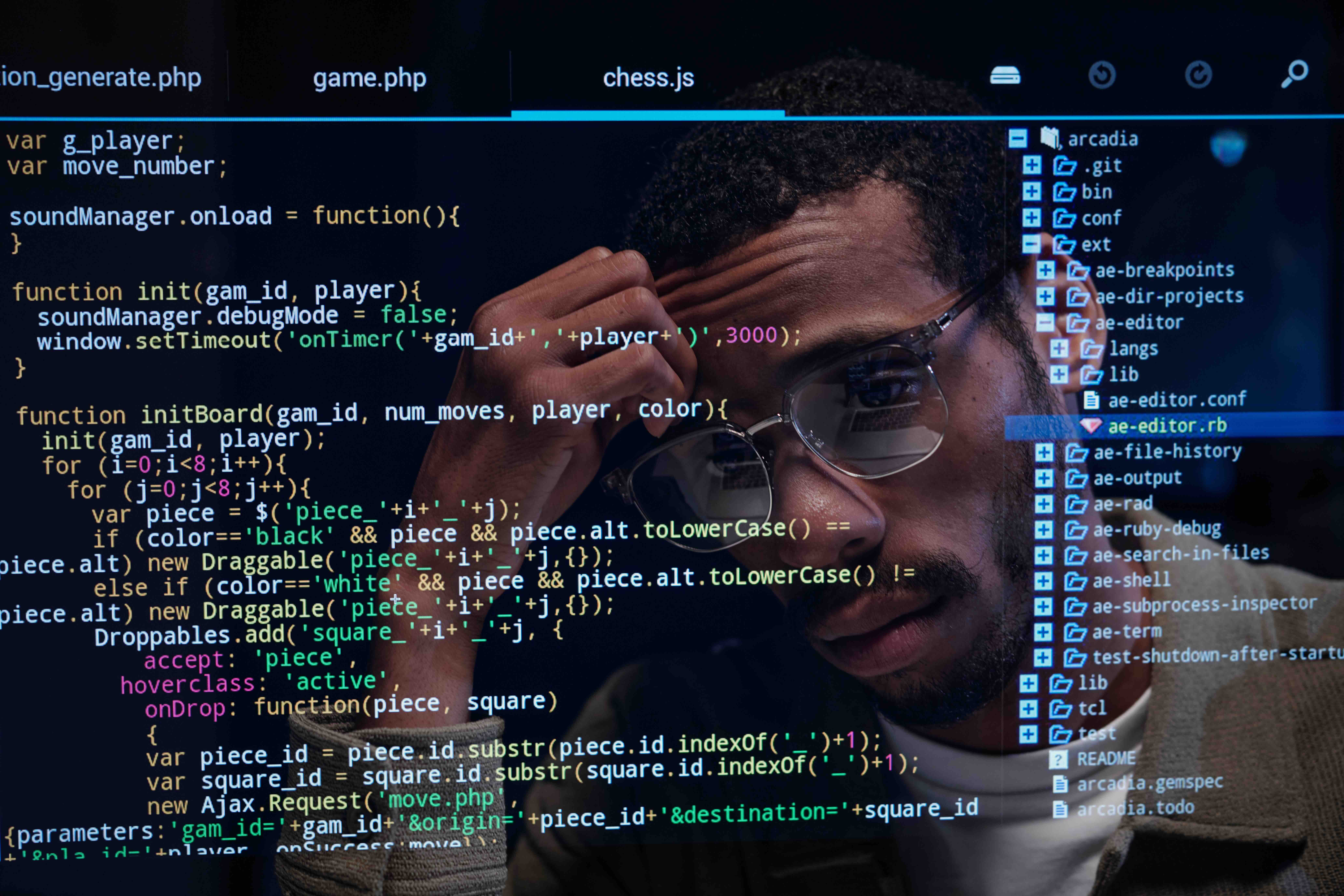How to Think Like a Senior Engineer
Introduction
You finally land your first engineering job. The first few weeks are exciting—new tools, new team, and real-world coding challenges. But soon, you notice that the senior engineers on your team approach problems differently. While you focus on fixing issues quickly, they step back, ask broader questions, and think about long-term solutions. What sets them apart?
Thinking like a senior engineer isn’t just about deep technical expertise—it’s about applying strategic problem-solving, leadership, and long-term decision-making in everyday work. In this article, we’ll explore what sets senior engineers apart and how you can adopt their mindset to advance your career.
1. Think Beyond the Code
Becoming a senior engineer isn’t just about refining your technical skills—it’s about expanding your perspective. While junior engineers focus on solving immediate problems, senior engineers anticipate long-term challenges and make decisions that benefit the entire team. This shift in mindset is what separates a good engineer from a great one. As you progress in your career, the goal shifts from just making things work to ensuring they stand the test of time. Junior engineers focus on writing code that works. Senior engineers focus on writing code that lasts.
Consider Long-Term Maintainability
Imagine debugging a system only to find cryptic, undocumented code written years ago. The original developer likely understood it at the time, but now it’s a maintenance nightmare. A well-structured codebase ensures smooth collaboration and long-term stability. Senior engineers anticipate future challenges and make decisions that reduce technical debt. Before committing, ask yourself:
- Will someone else understand this code six months from now?
- Have I written clear documentation and meaningful commit messages?
- Could this be simplified to reduce technical debt?
Balance Technical Excellence with Business and Delivery Needs
A key trait of senior engineers is knowing when to push for an ideal technical solution and when to take a pragmatic approach to meet business goals and delivery timelines. While technical quality is crucial, real-world software engineering involves trade-offs. Senior engineers ask:
- What is the business goal behind this feature?
- Does this solution scale efficiently while aligning with deadlines?
- Are there delivery risks that need to be mitigated?
- How will this impact other teams and stakeholders?
2. Mentor and Multiply Your Impact
Consider Sarah, a junior developer on your team, struggling to debug a complex issue in production. Instead of simply fixing it for her, a senior engineer might walk her through the debugging process, helping her understand the root cause and guiding her toward a solution. By taking the time to teach rather than just provide answers, the senior engineer ensures that Sarah gains confidence and problem-solving skills, making her more self-sufficient in the future. This ripple effect strengthens the entire team.
This is what great mentorship looks like—not just giving answers but guiding others to become independent problem solvers. As a senior engineer, your ability to mentor effectively amplifies your impact across the team.
Guide, Don’t Just Give Answers
When a teammate asks for help, resist the urge to provide the solution outright. Instead:
- Ask clarifying questions to help them think through the problem.
- Suggest approaches, not just answers.
- Encourage learning through debugging rather than fixing things for them.
Foster a Culture of Knowledge Sharing
Senior engineers help their teams grow by actively sharing knowledge. You can do this by:
- Writing internal documentation and best practices.
- Hosting short tech talks or code walkthroughs.
- Pair programming with junior developers to reinforce learning.
3. Make Thoughtful Technical Decisions
A senior engineer’s role extends beyond writing great code—they must balance technical quality, business objectives, and delivery constraints. While it’s tempting to always push for the ‘perfect’ solution, real-world engineering requires making trade-offs that support both the business and long-term maintainability. For example, a senior engineer might suggest delaying a technical upgrade to ensure a critical product launch stays on schedule. This ability to balance priorities is what distinguishes senior engineers from their junior counterparts.
A single technology choice can shape a project’s long-term success or lead to years of maintenance headaches. Senior engineers make deliberate choices, weighing scalability, security, and maintainability. They don’t just chase the latest trends—they align technology decisions with business goals and team capabilities.
Evaluate Trade-offs Objectively
Every decision has pros and cons. A senior engineer:
- Considers scalability, maintainability, and cost before adopting new tools.
- Looks at past experiences and asks, "What worked? What didn’t?"
- Avoids hype-driven development and prioritises proven solutions.
Think About the Bigger Picture
Senior engineers recognise that no decision exists in isolation. Before making a change, consider:
- How will this affect deployment and CI/CD pipelines?
- Does it introduce security or compliance risks?
- Will it improve developer productivity or slow the team down?
4. Communicate Clearly and Confidently
Strong technical skills are valuable, but the ability to communicate effectively is what truly sets senior engineers apart. Clear communication ensures that technical decisions are understood, knowledge is shared, and collaboration across teams is smooth. Your ability to clearly explain trade-offs in a system design, document features, or review code will directly influence your effectiveness as a leader.
Write Concise, Effective Documentation
Picture this: A new engineer joins your team and needs to work on an existing feature. They check the documentation but find it outdated, filled with jargon, or missing key details. Now, they have to spend hours piecing together information or interrupting teammates for clarification. Poor documentation slows teams down and introduces unnecessary friction.
Senior engineers recognise that clear, well-maintained documentation is just as important as writing good code. To ensure documentation is useful, follow these best practices:
- Keep documentation up to date and easy to follow.
- Use clear, concise language—no unnecessary jargon.
- Focus on why decisions were made, not just how.
Improve Cross-Team Collaboration
Imagine a situation where a product team assumes an engineering feature will be delivered by the end of the sprint, but the engineering team wasn’t aware of a last-minute change in requirements. The result? Confusion, delays, and frustration on both sides. Miscommunication like this happens more often than you’d think and can derail projects.
To ensure effective collaboration across teams, senior engineers:
- Adapt your message to your audience (e.g., non-technical stakeholders vs. engineers).
- Give structured, constructive feedback in code reviews.
- Be proactive in identifying and resolving communication gaps.
Conclusion: The Mindset of a Senior Engineer
Becoming a senior engineer isn’t just about a job title—it’s about developing the habits and mindset that define true leadership. Start by making one small change: improve documentation, mentor a teammate, or think strategically about your next coding decision. The habits you build now will define your future.
Remember, senior engineers don’t wait for opportunities—they create them. They take ownership, learn from every challenge, and actively support those around them to grow. That’s how they drive impact—not just in their own careers, but in their teams and the systems they help build.



